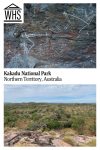Kakadu National Park
By Raksha Nagaraj
What is Kakadu National Park?
Located in Australia’s Northern Territory, Kakadu National Park is celebrated for its rich Aboriginal culture and stunning landscapes. Covering 20,000 square kilometres (7,700 square miles), the park is a haven for wildlife, including saltwater crocodiles and alligators, and is home to over 280 bird species.
Visitors can explore ancient Aboriginal rock art that dates back 20,000 years, along with stunning landscapes like waterfalls, wetlands, and sandstone escarpments. The Bininj/Mungguy people, the traditional owners of the land, manage the national park in cooperation with the Australian government, ensuring the preservation of both its cultural and natural heritage.
Disclosure: This article contains affiliate links. Making a purchase through an affiliate link will mean a small commission for this website. This will not affect your price. Privacy policy.
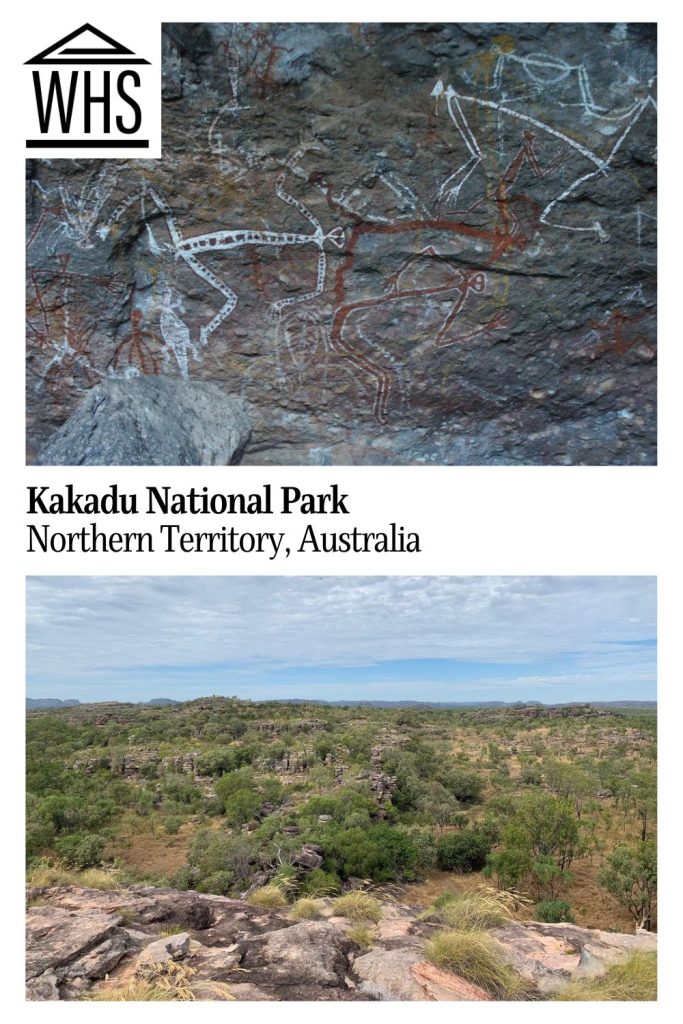
Key areas within the national park include:
- Jim Jim Falls and Twin Falls: popular for stunning waterfalls, accessible only during the dry season.
- Burrungkuy or Nourlangie: known for its open rock art galleries.
- South Alligator: popular for the floodplains, woodlands and the billabongs. It is perfect for birdwatching and wildlife.
Why is Kakadu National Park a UNESCO World Heritage site?
There are many reasons why Kakadu National Park is a UNESCO World Heritage site. The park is recognised for its deep spiritual and cultural heritage with the Bininj/Mungguy people, the owners of the land.
The region has been home to humans for more than 40,000 years. With diverse ecosystems, from wetlands to sandstone escarpments, the park is also home to “an extraordinary number” of plants and animals that thrive within its landscapes, according to UNESCO. Much of it is inaccessible to vehicles, which means it is truly pristine and “provides a unique opportunity to investigate large-scale evolutionary processes in a relatively intact landscape.”
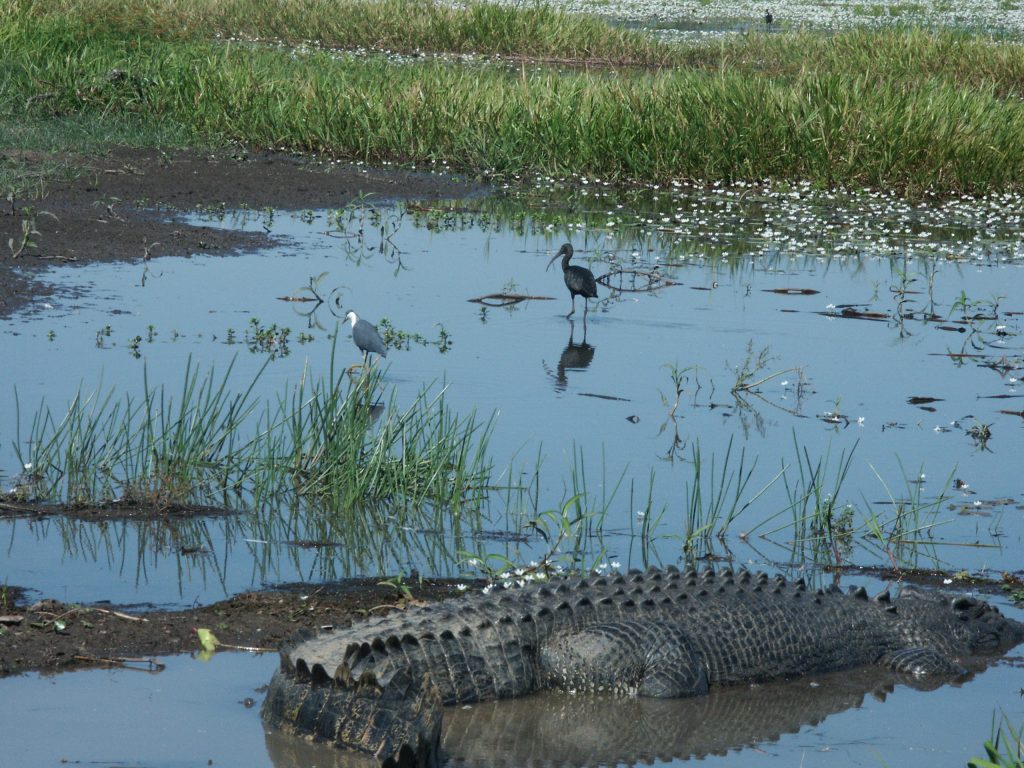
There are also Aboriginal cave paintings and rock art – “a unique artistic achievement,” according to UNESCO. They date to more than 20,000 years ago, and archaeological sites are scattered throughout the park. These artworks provide a glimpse into life during prehistoric times, including scenes of hunting and gathering.
What can you expect on a visit to Kakadu?
Visiting Kakadu National Park was an unforgettable experience for me. You can do plenty of things at the national park. From spectacular terrains for hiking to the spiritual aboriginal sites, the national park has it all.
Waterfalls
The waterfalls are truly worth visiting and spending time at. Jim Jim Falls and Twin Falls stand out with their dramatic cascades and breathtaking views. Even though visiting them during the wet season is a real treat, it is better to visit them in the dry season as you can still enjoy a swim in the pools at their base. I found these waterfalls captivating, with their serene settings perfect for a refreshing dip or even relaxing watching them. Each waterfall adds its own charm to the park’s stunning landscapes, making them must-see highlights on any visit.
Aboriginal heritage
The rich Aboriginal culture that thrives in the park really stood out, and it was incredible to witness firsthand. We had the chance to spend time with an Aboriginal guide who shared stories and insights about their culture, deepening my appreciation for the connection they have with the land. It felt like stepping into a world that has been preserved for thousands of years.
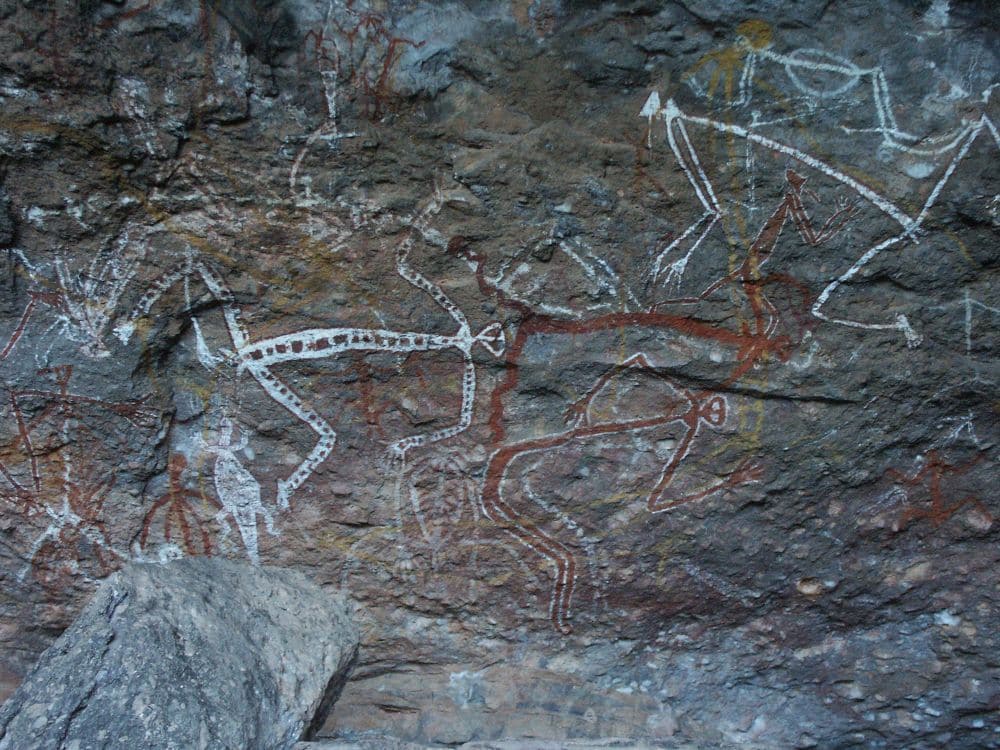
Arnhem Land
One of the most memorable parts of the trip was stepping into Arnhem Land, an area that requires special permission to enter. Being there felt like a true privilege, as it is a place where the traditional owners still maintain their connection to the land. The quietness and untouched nature of the area made it feel even more special.
Ancient rock paintings
We also visited some of the ancient cave paintings within the park, which was another highlight. These artworks, telling stories of hunting, gathering, and spiritual beliefs, were absolutely fascinating. Standing in front of them, I could sense the deep history and significance of the place. It was like getting a rare window into a carefully-protected past.
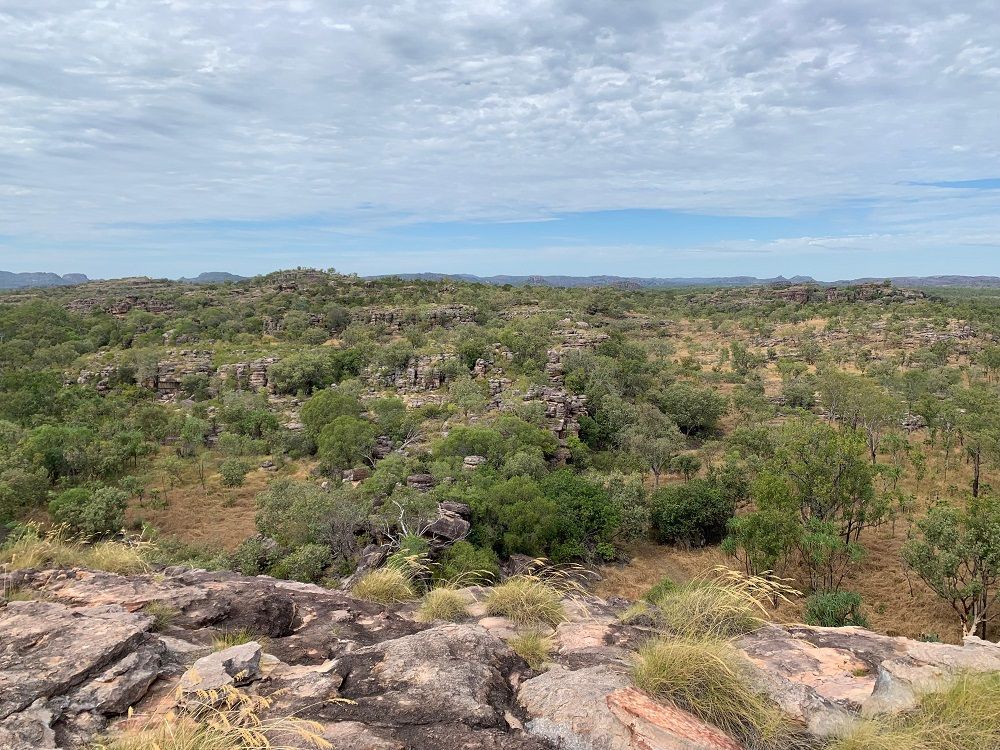
Is Kakadu National Park worth visiting?
Absolutely. Kakadu National Park is an ideal place to visit if you are interested in nature, aboriginal culture, heritage, and wildlife. Just for the ancient rock art, you need to visit this beautiful gem. To fully experience the national park, it is worth staying and visiting it for at least three days. This provides enough time to go on bushwalks to the waterfalls, see the cultural sites and learn about the aboriginal history.
Hotels within Kakadu National Park: Aurora Kakadu Lodge, Cooinda Lodge, or Mercure Kakadu Crocodile Hotel.
What sorts of travellers would like Kakadu?
Kakadu National Park is perfect for travellers who enjoy the outdoors, wildlife, and Aboriginal culture. The park offers plenty of landscapes for hiking and bushwalking, with lookout points ideal for birdwatchers and wildlife lovers. If you’re into history and heritage, you can explore Arnhem Land and various Aboriginal sites. But for those who prefer city attractions or more structured experiences, Kakadu might not be the right fit.
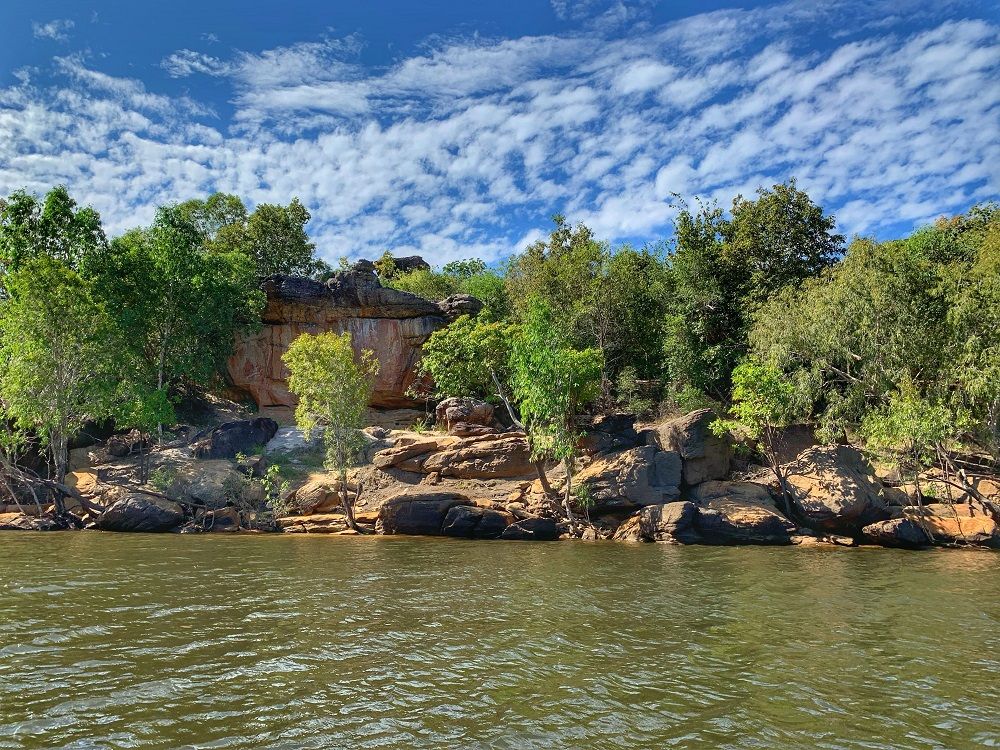
Tips for visiting Kakadu
Here are some tips for visiting Kakadu National Park:
Since the national park plays an important role in Aboriginal history and heritage, respect and follow the guidelines and show respect for the traditions.
Take a guided tour to visit Kakadu as it is very vast and raw. Having a guide helps you navigate and understand the park better. Book the tours in advance and plan for the visit.
Kakadu National Park can easily be done as a day trip from Darwin. Spend a few days in Darwin exploring the city and the culture. The park also combines well with a visit to Litchfield National Park, which is known for its waterfalls and natural pools.
Book accommodations in Darwin here.
Even though you can reach Kakadu as a day trip from Darwin, it’s best to spend at least three days in the park exploring and cherishing the beauty and culture it has to offer.
Visit during the dry season (May to October). Since the weather can be very hot and dry, carry lots of drinking water, and be sun protected. Wear sturdy walking shoes if you wish to explore the park by going on bushwalks and hikes.
If you are traveling extensively around Australia and enjoy large nature reserves, also visit these other Australian UNESCO sites: Purnululu National Park (Western Australia), the Wet Tropics of Queensland, the Gondwana Rainforests (New South Wales and Queensland) and, of course, Uluru-Kata Tjuta National Park (Northern Territory).
Where is Kakadu National Park?
Located around 180 kilometres (112 miles) from Darwin, Kakadu National Park is in the Northern Territory of Australia.
- By car – The drive from Darwin to Kakadu National Park takes approximately 3 hours. It is accessible via the Stuart Highway and then the Arnhem Highway. The national park has an entrance fee which includes the parking fee. There are several designated parking areas within the park.
- By public transport – The nearest city to Kakadu is Darwin. There are buses that travel between Darwin and Kakadu. They leave from Darwin’s main bus terminal and the journey usually takes around 3-4 hours. However, you will not be able to travel around within the park easily. If at all possible, rent a car.
- Via a tour: There are plenty of single-day or multi-day tours to Kakadu, many of which leave from Darwin.
For more information about Kakadu National Park, its opening hours and admission fees, see its official website.
Have you been to Kakadu? If so, do you have any additional information or advice about this UNESCO World Heritage site? Please add your comments below!

